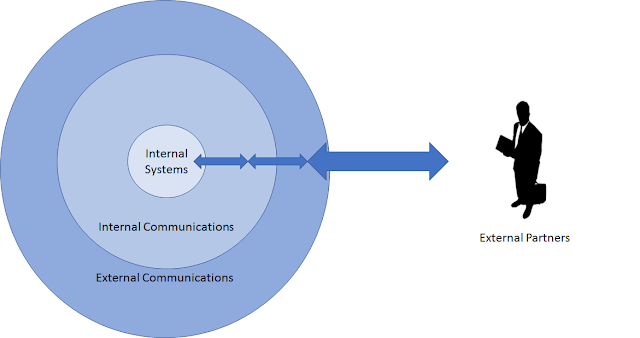Kubernetes skills: Mulesoft & IBM
Kubernetes - a skills issue
Although the offerings I'm about to discuss are different, they're interesting enough to explore more closely. Both IBM and MuleSoft are claiming that the reason for implementing their solutions is because they perceive a lack of skills in containers and Kubernetes.This tallies with what I see in the world I work in too. It's one thing to say that you can run a few containers in the wild, but it's quite another to run them as a true cloud environment with hundreds— potentially thousands—of them. Alongside this, containers are making some architectures change.
High Availability (HA) solutions that once looked fine in the VM world now begin to look clunky and new ways of doing HA are springing up. Monitoring now becomes a headache if your failing system was brought down automatically and had been recreated before you even knew you had a problem. Never mind things like license management, where most vendors are struggling to cope with a more flexible model that true cloud requires.
I'll discuss here the two different offerings, and we can see how they are very different—but trying to solve the same skills issue.
IBM Cloud Private
IBM has recently introduced their new private cloud offering. Essentially this offering includes Kubernetes and Helm and all the good stuff that comes in the world of containers nowadays. IBM has attempted to place this into a "one-stop shop" for your private cloud needs—all with a simpler, unified console and interfaces. This is an on-premise offering only. This is because IBM already has their off-premise solution in what used to be called "Bluemix," but has been renamed (to marry with this offering name) to be "IBM Cloud."Because IBM sells many products in many configurations, this is not an attempt to create the definitive IBM "platform." IBM is a purveyor of technology. It's up to you, as the customer, to know how to use that technology within your business. Therefore, IBM simply can't produce every possible pattern for every possible situation. Taking this into account, essentially what IBM has created is a private cloud environment upon which you can run your solutions—preferably all IBM solutions of course. With this base environment, they add on an integrated deployment, management, and monitoring environment. This is their real value-add over and above simply giving you Kubernetes in a box.
MuleSoft: Titan Release
MuleSoft has recently announced the latest release of their MuleSoft Anypoint Platform: Titan release.One part of this release is what they are calling their "Titan Framework." This framework is - guess what - a Kubernetes-based environment where you can run MuleSoft ! Now, this framework allows users to deploy MuleSoft environments to any environment—whether that be Azure, AWS, Google cloud or on-premise. The only requirement is that you can provide some machines for it to run on. What the MuleSoft framework then does is deploy Kubernetes and everything else it needs to use to run onto the servers you've supplied. The deployment of MuleSoft applications—whether that be API or just raw MuleSoft applications—are deployed using a centralized control center which is held in the MuleSoft Anypoint cloud (which is actually hosted on AWS).
This is different from the IBM solution, which hosts its control center in the on-premise solution itself. However, the point is the same: a central place to easily manage your containerized solution.
Summary
Although the MuleSoft and IBM solutions would appear to be poles apart if you weren't looking carefully; actually, they are both trying to solve the new-world problems of how to run and manage large numbers of containers.One last thought: At this point, IBM is only supporting their own public cloud and on-premise—but I wonder if they open that up to other clouds soon too?


Comments
Post a Comment